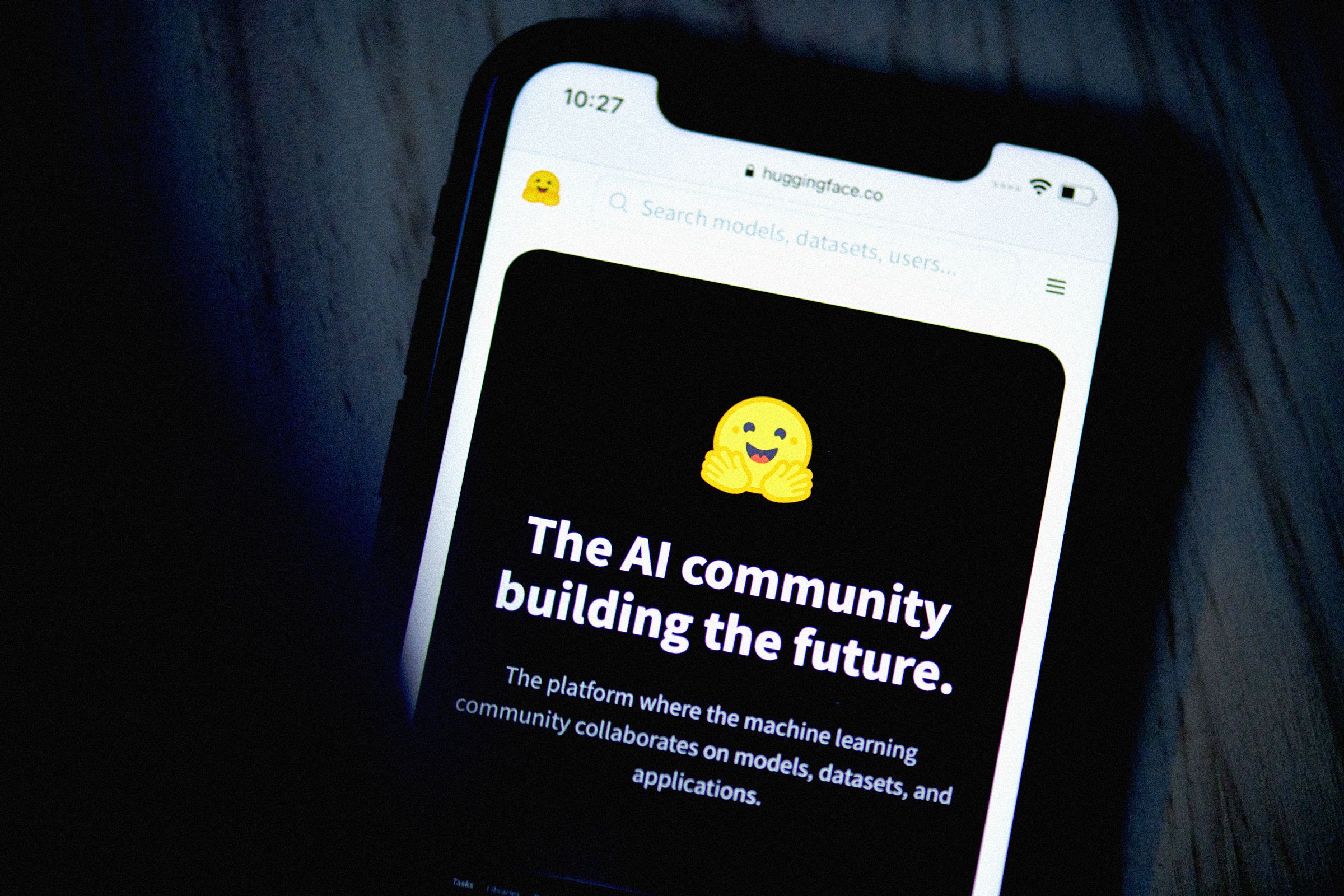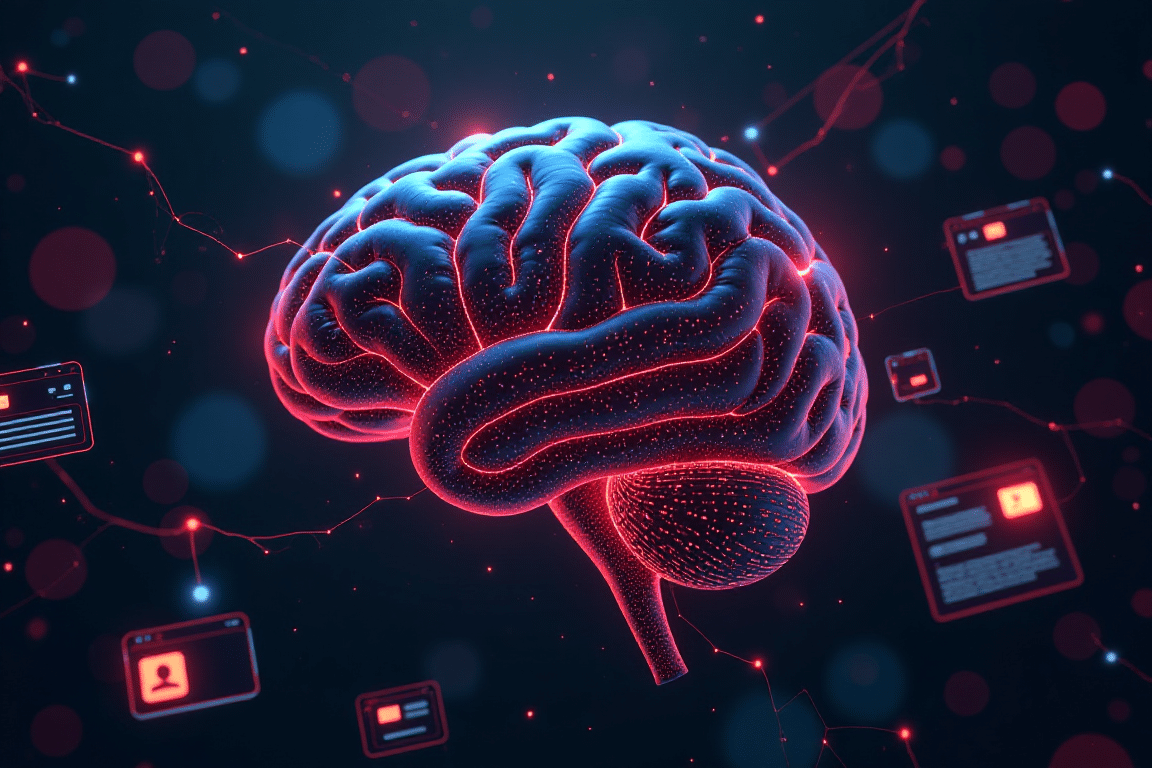Hugging Face, a leading platform in open source artificial intelligence, has taken a bold step into the world of robotics with the acquisition of French startup Pollen Robotics — creators of the humanoid robot, Reachy 2.
Democratizing Robotics Through Open Source
Hugging Face’s CEO, Clément Delangue, emphasized the importance of transparency in physical AI systems, stating that robotics must be even more open than traditional software. The company aims to not only sell Reachy 2 but also make its code and hardware designs freely available for developers to modify, improve, and share.
“The level of trust people require from machines that interact physically in homes or workplaces is far greater than what’s needed for virtual AI,” Delangue said.
What Is Reachy 2 and Why It Matters
Reachy 2 is a two-armed, expressive humanoid robot capable of performing practical tasks such as sorting mugs and picking up objects. Videos from Pollen Robotics showcase the robot’s dexterity and potential in real-world environments. According to Pollen’s CEO Matthieu Lapeyre, several major AI companies are already utilizing Reachy 2 for research, though confidentiality agreements prevent them from being named.
Lapeyre acknowledged the hurdles in commercializing humanoid robots, citing unclear use cases and system unreliability. However, he expressed hope that Hugging Face’s open-source strategy could help overcome these limitations and broaden access to robotic innovation.
Hardware Meets Open Source: A New Frontier
While open source is a familiar model in software development, applying it to robotics hardware is still emerging. Hugging Face intends to include not only Reachy 2’s code but also blueprints, part lists, and 3D models, making it easier for developers to reproduce or enhance the robot.
The move mirrors broader trends in the AI industry, where open weight models—such as Meta’s LLaMA and DeepSeek’s surprising releases—have enabled widespread experimentation and progress. Similarly, Hugging Face hopes the open hardware model will spark new robotic capabilities across industries.
Academic Support and Industry Momentum
Sergey Levine, UC Berkeley professor and cofounder of the robotics startup Physical Intelligence, praised the open approach. He argued that greater accessibility accelerates innovation. His company recently released its Pi0 foundation model on Hugging Face, enabling robots to learn a variety of physical tasks.
Levine noted that open source models not only democratize access but also encourage community-led enhancements. “There’s a lot more creativity people can apply to how they build the actual physical hardware,” he added.
Combating AI Hype with Transparency
As interest in humanoid robots surges—fueled by viral videos and lofty promises from companies like Tesla, Figure, and Agility Robotics—Delangue warned against hype-driven development. Open source, he explained, provides a safeguard: “You can’t cheat or conceal flaws when everything is transparent.”
This philosophy counters the growing skepticism around demo videos that may be staged or teleoperated. With open source, real-world performance can be independently verified, fostering trust and reliability in AI-powered machines.
A Glimpse Into the Robotic Future
As AI continues to evolve, physical embodiments of intelligence—like Reachy 2—may become essential to achieving human-level reasoning. Many researchers believe that true general intelligence will require a physical interface with the world, not just virtual interaction.
By embracing open source in both software and hardware, Hugging Face is betting on a future where robotics innovation is not limited to tech giants but accessible to all creators. With a community-driven model, the robot revolution may be closer—and more collaborative—than ever before.






